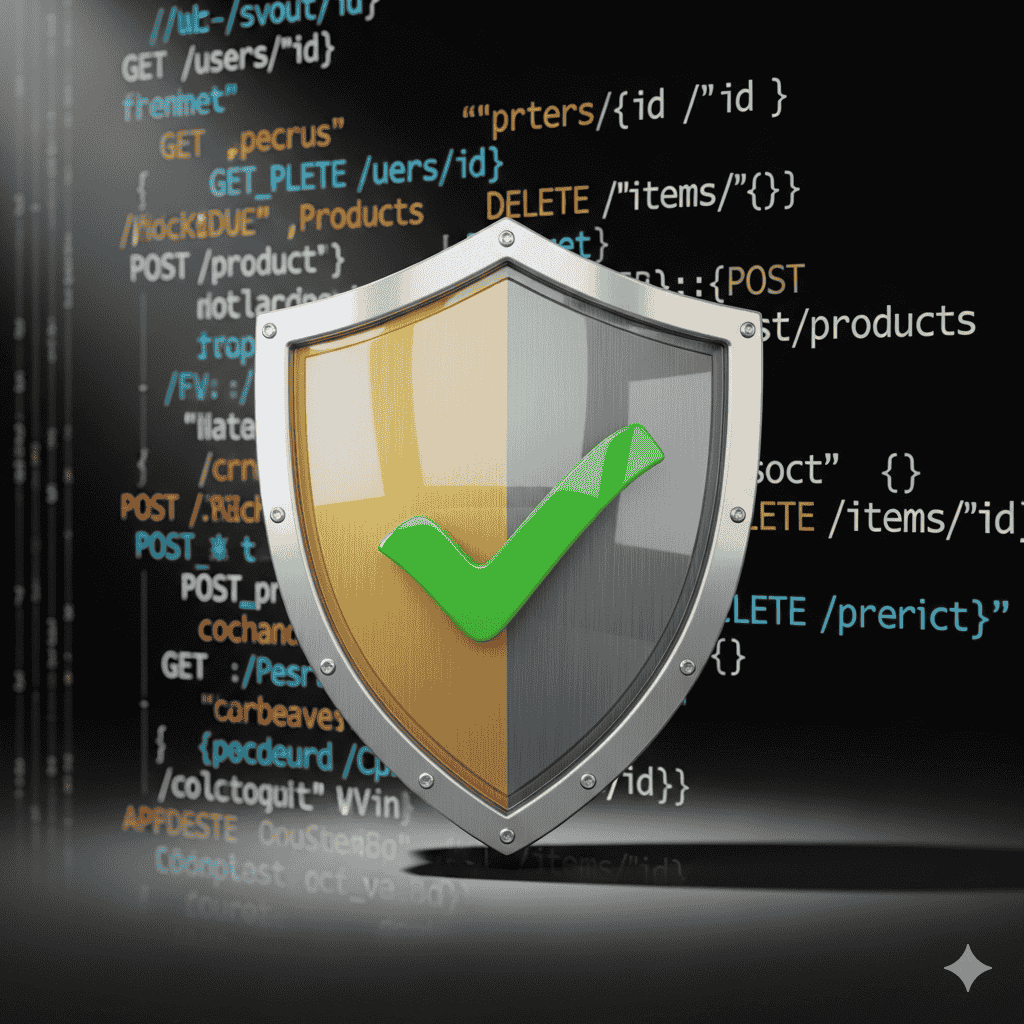Introduction
APIs are the backbone of modern applications, enabling communication between different services and systems. But with increased connectivity comes increased risk. If your APIs are not secure, you open the door to data leaks, unauthorized access, and cyberattacks.
In this post, we’ll explore the best practices for building secure APIs with Node.js, ensuring your applications remain protected, scalable, and reliable.
1. Use HTTPS Everywhere
Always secure your APIs with HTTPS to encrypt communication between clients and servers. This prevents data interception during transmission.
👉 In Node.js/Express, tools like Helmet.js make it easy to enforce HTTPS.
2. Implement Authentication & Authorization
- Authentication: Verifies the user’s identity (e.g., JWT, OAuth 2.0).
- Authorization: Controls what actions that user is allowed to perform.
👉 Use JWT (JSON Web Tokens) with Node.js to secure routes.
3. Validate and Sanitize Input
Never trust client input. Hackers can exploit APIs through SQL injection, XSS, or code injection.
- Use libraries like validator.js in Node.js.
- Always sanitize request parameters, headers, and body data.
4. Rate Limiting & Throttling
APIs are often targets of brute-force attacks.
- Use rate-limiting middleware like express-rate-limit.
- Block excessive requests from the same IP.
5. Use API Keys & Secrets Securely
Never hardcode API keys in your code. Instead:
- Store secrets in environment variables.
- Use tools like dotenv for configuration management.
- Rotate API keys regularly.
6. Error Handling & Logging
Never expose sensitive error details in API responses.
- Send generic error messages to clients.
- Log full details securely for debugging (using Winston or Morgan).
7. Keep Dependencies Updated
Outdated Node.js packages often contain vulnerabilities.
- Use
npm auditto detect issues. - Regularly update dependencies with
npm update.
8. Implement CORS Policies
Restrict which domains can access your APIs.
👉 Configure CORS middleware in Express to allow only trusted origins.
9. Use Security Headers
Add HTTP security headers with Helmet.js. Examples:
X-Frame-Options(prevents clickjacking)Content-Security-Policy(blocks malicious scripts)
10. Regular Security Testing
Run penetration tests and use tools like:
- OWASP ZAP
- Postman Security Tests
- Burp Suite
This ensures your APIs stay safe even as threats evolve.
Conclusion
Building APIs is not just about functionality—it’s about protecting your data and users. By following these best practices in Node.js API security, you ensure that your applications remain safe, reliable, and scalable.
👉 At Redirect India, we specialize in secure API development and integrations. Need help building or securing your API? Contact us today.



